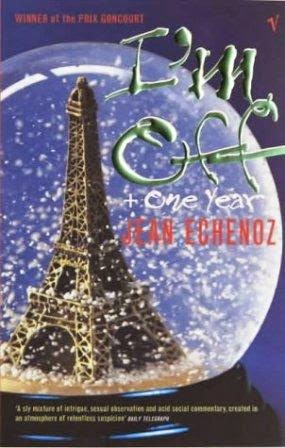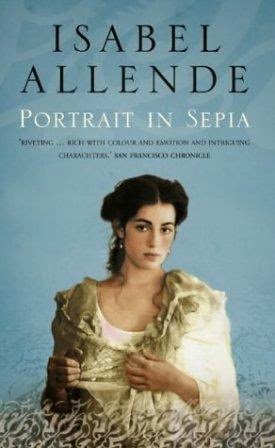Die drei Zigeuner
(1837/38)
Drei Zigeuner fand ich einmal
liegen an einer Weide,
als mein Fuhrwerk mit müder Qual
schlich durch sandige Heide.
Hielt der eine für sich allein
in den Händen die Fiedel,
spielte, umglüht vom Abendschein,
sich ein feuriges Liedel.
Hielt der zweite die Pfeif' im Mund,
blickte nach seinem Rauche,
froh, als ob er vom Erdenrund
nichts zum Glücke mehr brauche.
Und der dritte behaglich schlief,
und sein Cimbal am Baum hing,
über die Seiten der Windhauch lief,
über seine Herz ein Traum ging.
An den Kleidern trugen die Drei
Löcher und bunte Flicken,
aber sie boten trotzig frei
Spott den Erdengeschicken.
Dreifach haben sie mir gezeigt,
wenn das Leben uns nachtet,
wie man's verraucht, verschläft, vergeigt
und es dreimal verachtet.
Nach den Zigeunern lange noch schaun
mußt' ich im im Weiterfahren,
nach den Gesichtern dunkelbraun,
den schwarzlockigen Haaren.
Nikolaus Lenau
(1802-1850)
|
The Three Gipsies
(1837/38)
Three gipsy men I saw one day
Stretched out on the grass together,
As wearily o'er the sandy way
My wagon brushed the heather.
The first of the three was fiddling there
In the glow of evening pallid,
Playing a wild and passionate air,
The tune of some gipsy ballad.
From the second's pipe the smoke-wreaths curled,
He watched them melt at his leisure.
So full of content, it seemed the world
Had naught to add to his pleasure.
And what of the third?--He was fast asleep,
His harp to a bough confided;
The breezes across the strings did sweep,
A dream o'er his heart-strings glided.
The garb of all was worn and frayed,
With tatters grotesquely mended;
But flouting the world, and undismayed,
The three with fate contended.
They showed me how, by three-fold scoff,
When cares of life perplex us,
To smoke, or sleep, or fiddle them off,
And scorn the ills that vex us.
I passed them, but my gaze for long
Dwelt on the trio surly--
Their dark bronze features sharp and strong,
Their loose hair black and curly.
Unknown translator at
http://allpoetry.com/The-Three-Gipsies
|





